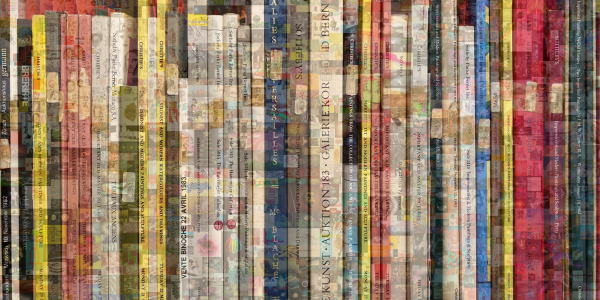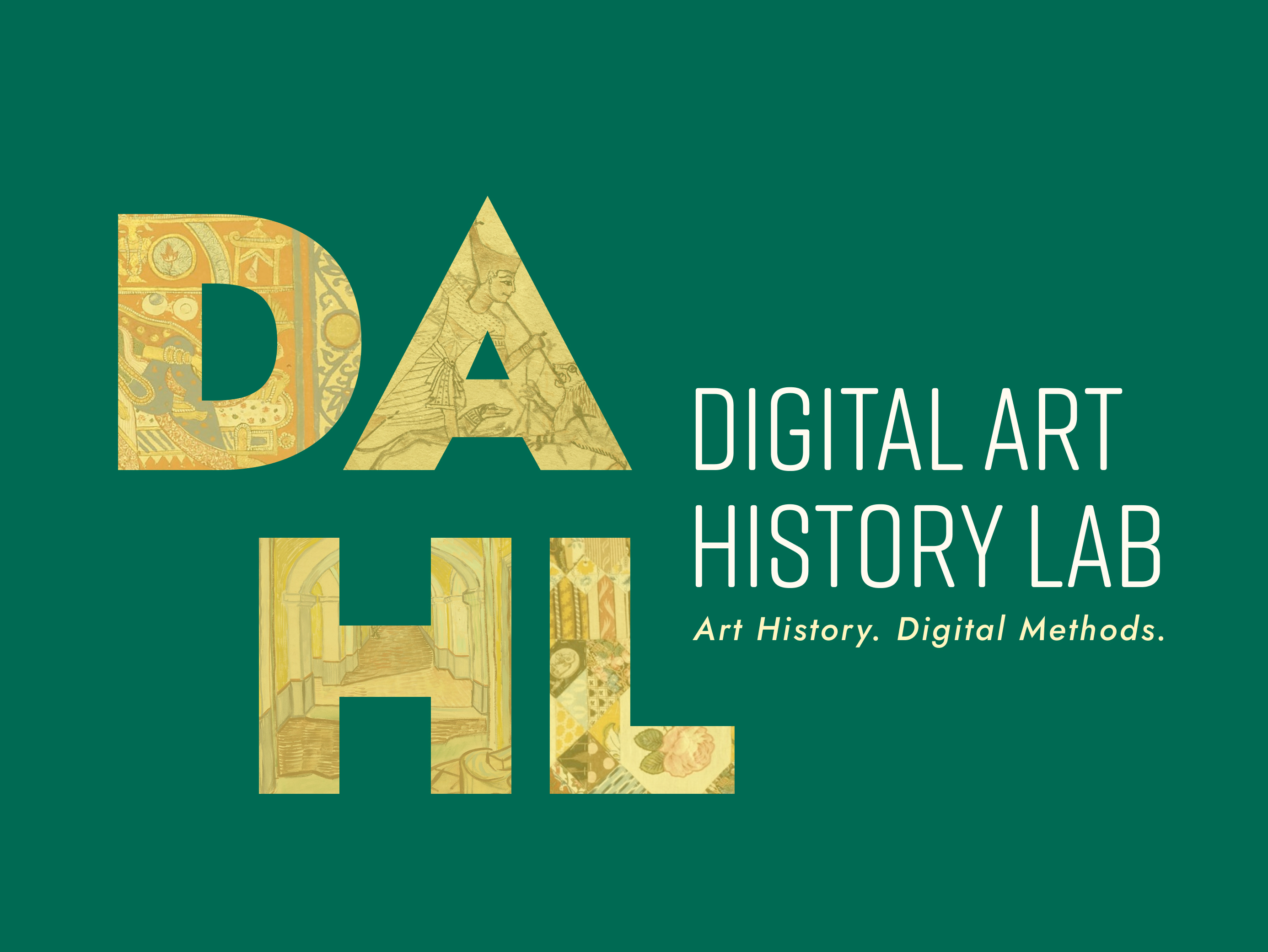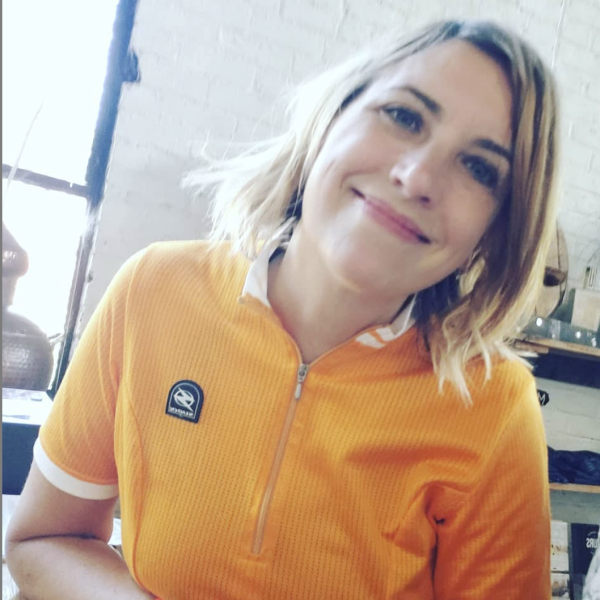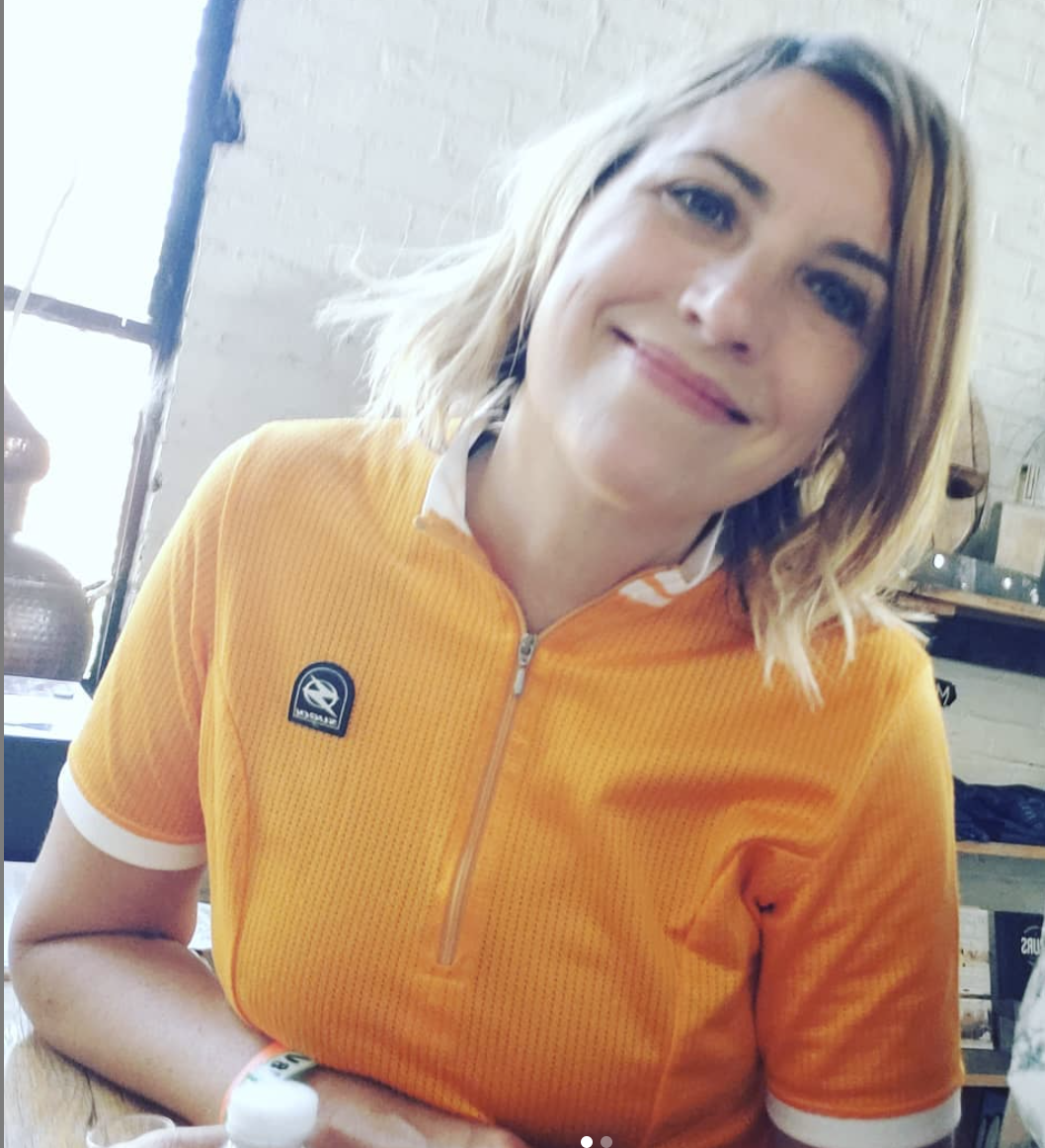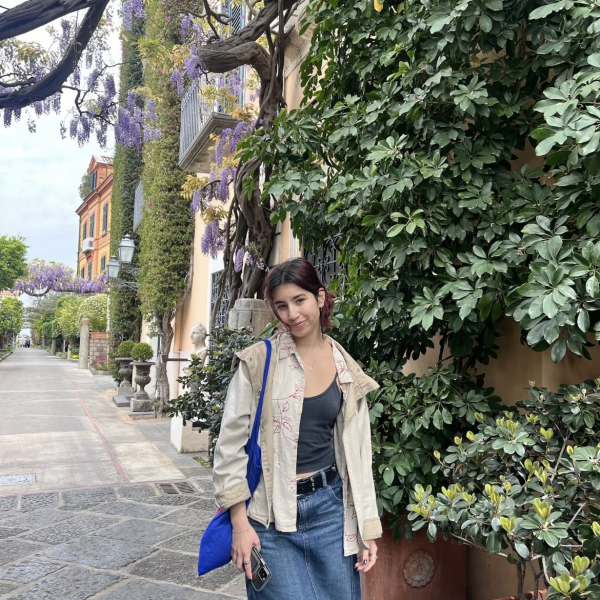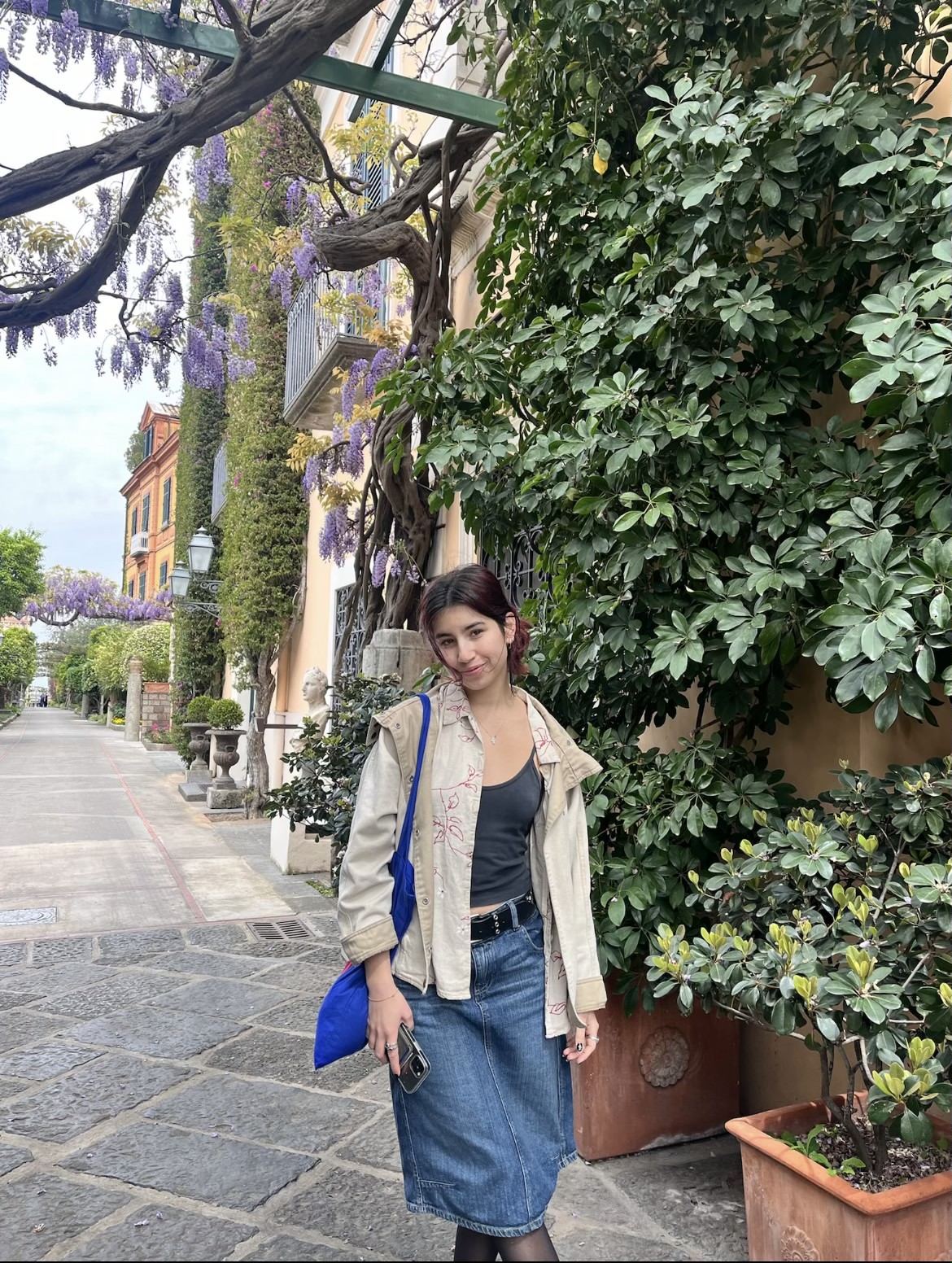Welcome to the Digital Art History Lab (DAHL)! Officially established in 2021, the DAHL emerged from a longstanding commitment in the Department of Art History and Archaeology to stay on top of technology as it evolves and identify its applications within the discipline. The staff of the DAHL does everything from creating Canvas sites for faculty to managing the Department's social media presence, but a primary focus is to provide support and training to students interested in exploring the possibilties of digital art history through the use of technological tools and methods. And while we certainly don't know how to do everything, we believe that when we put our heads together with yours, we can learn how to do anything. So if you have an idea you want to explore through the lens of technology, the DAHL is here to help you work through the questions, determine your next steps, and bring it to fruition!
Why Digital Art History?
If "digital art history" is also understood as "technology-enabled art history practice," then art historians have been steeped in it since they began projecting using lantern slides in the early 1900s! Fast forward to the mid-1990s, and art historians were at the forefront of the "digitized" revolution, when the use of digital media and presentation tools for teaching began to emerge. And as the digital humanities have grown in both prominence and scope, so has the sub-field of digital art history to include the use of technological tools and methods in teaching, learning, and scholarship. If you look closely at your own research, you may find aspects of it that are difficult to express in written form, or that the scope of your analysis is somehow constrained by only utilizing traditional approaches. Perhaps the solution is as simple as illustrating a journey on a map. Or maybe it's as complex as developing a data set to be visualized. If you are considering exploring digital art history within an assignment or final project, be reassured that there's no one way or right way to do it, and many possible approaches which can stand alone or be integrated together, including:
- Archival (involving the description, organization, and discovery of things such as objects, artists, materials, or movements)
- Dimensional (representing or reconstructing the physical aspects of an object or space to convey scale, materiality, or something lost)
- Spatial (using maps and other technologies to represent or explore spatial relationships)
- Temporal (employing timelines and other methods to represent the evolution and movement of objects, creators, and concepts over time)
- Network-based (analyzing--via data + text analysis and other means--and visualizing the connections between people, objects, concepts, and movements)
- Visual (utilizing photographic and other technologies to reveal aspects of objects that can't be easily be "seen" otherwise)
- Storytelling (transforming your research into audio and visual stories using podcasting, film, website, and other technologies)

